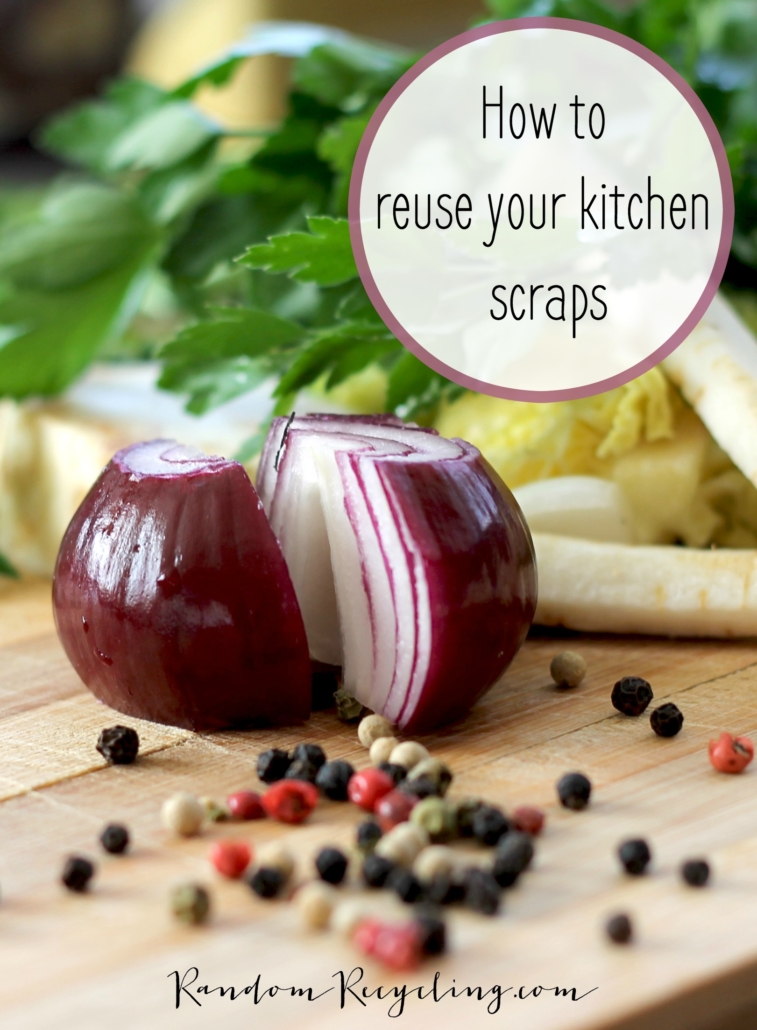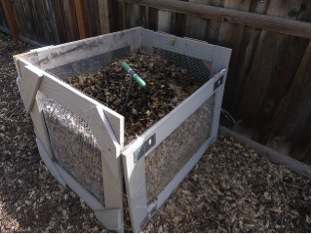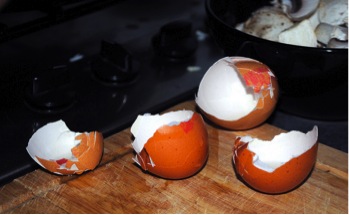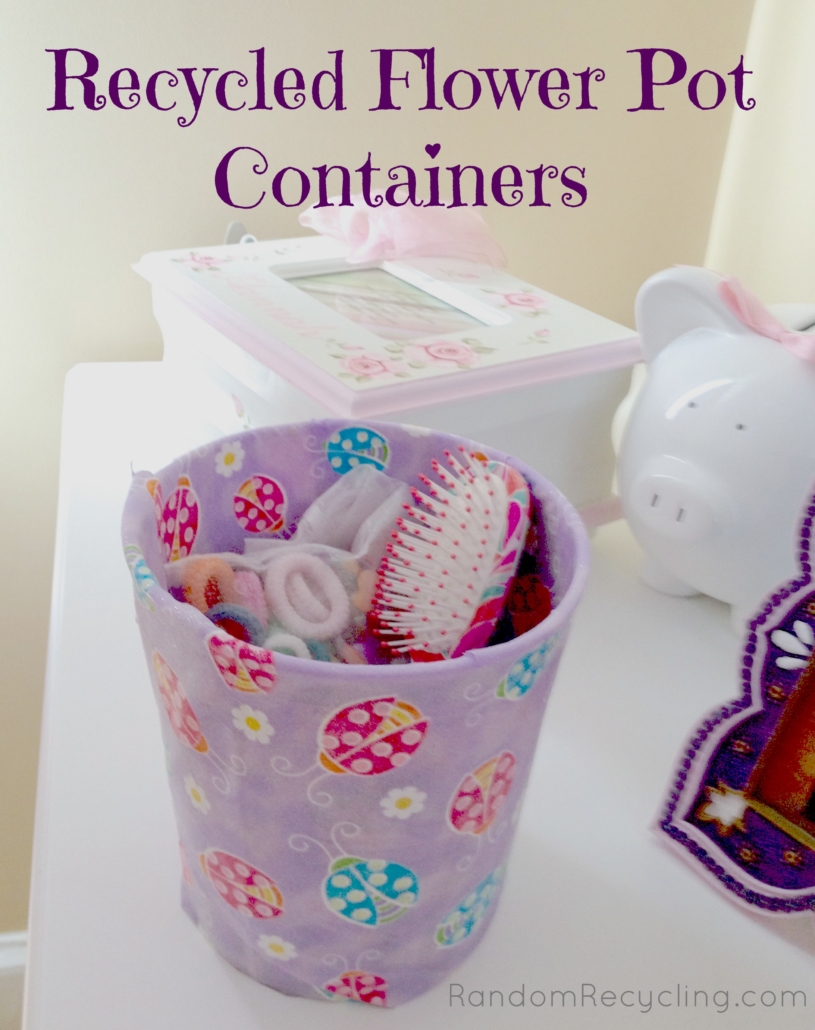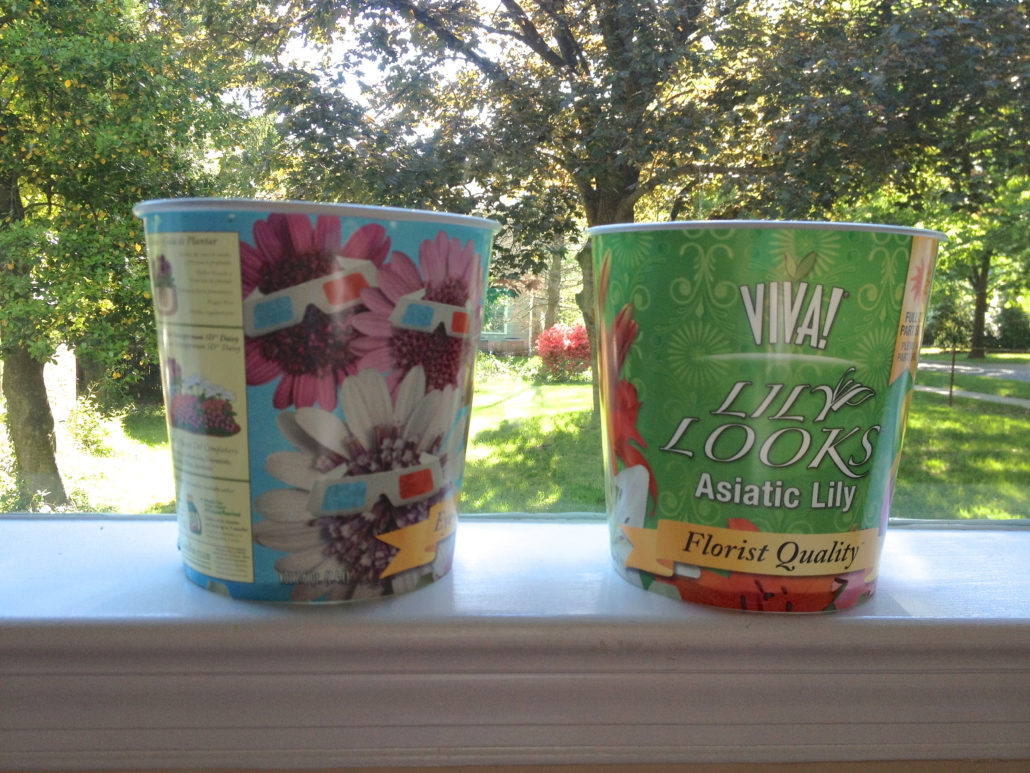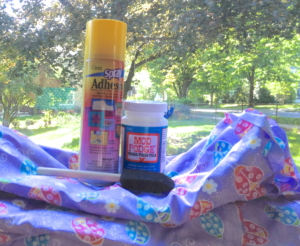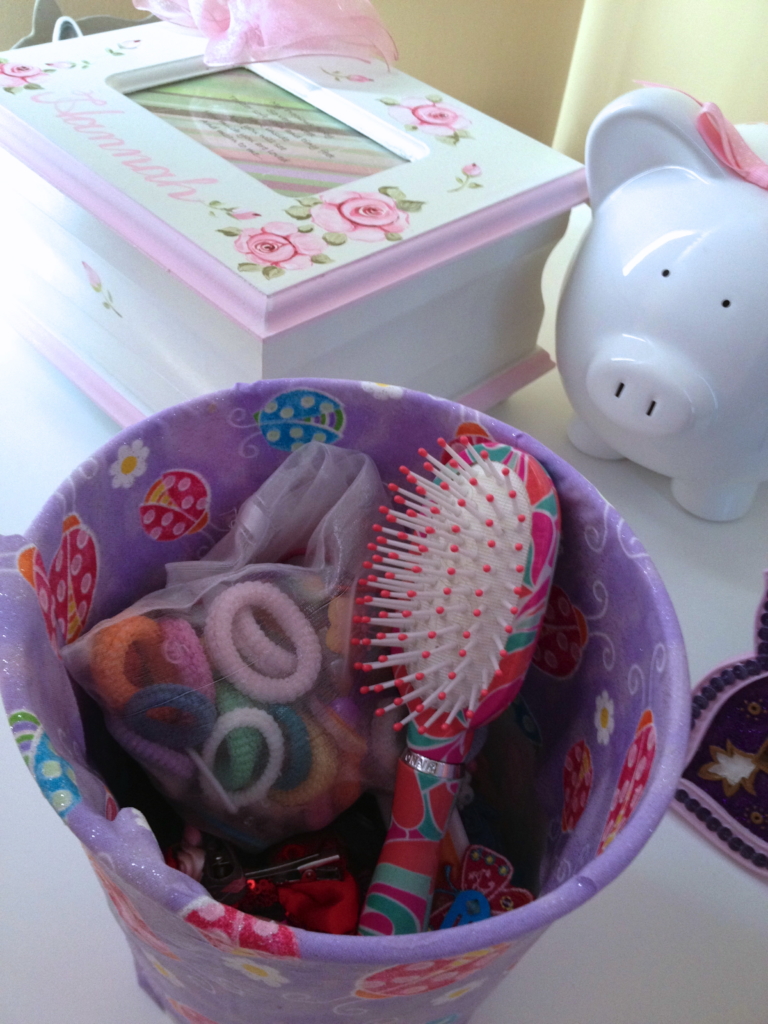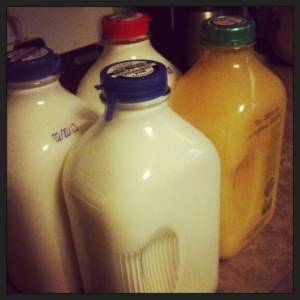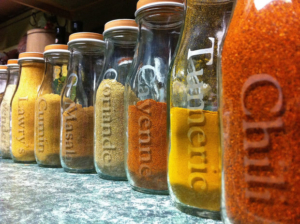My guest writer today is Olivia Golding, who is sharing how to better recycle your kitchen waste. We use a compost in our home but there are even more options available to you depending on where you live.
You’ve probably noticed that environmental issues have crept steadily higher up the news agenda over the last 20 years or so. There are good reasons for this – for one thing, the need to tackle climate change grows more urgent by the year. Of course, the causes of man-made climate change are numerous. For one thing, industrial activity produces massive amounts of greenhouse gases. However, it’s worth remembering that households can and should do their bit. While all of us can look to be less wasteful, we can only make a difference if we work together. It might seem hopeless being more eco-friendly when others aren’t doing likewise, but it is worth the effort.
Here are a few ways you can recycle your kitchen waste:
1) Your local authority may have given you a kitchen caddy when you can use to collect scraps of food waste. This will be collected and taken to a local facility to be composted. Fruit and vegetable peelings, egg shells, tea bags and filter papers can be composted. However, cooked food, fish, meat and dairy products cannot.
2) If you don’t have a kitchen caddy, then any container will do. Covered buckets are best, though, as they help to keep the odor from escaping.
3) You could also choose to install a compost bin in your back garden, which you can then use to make your own compost for your garden. It might seem a little unsightly at first, but there are steps you can take to disguise it and make its appearance a little less out of kilter with the rest of the garden.
4) You could also recycle kitchen waste by using a wormery. These efficient units house worms which recycle waste into organic compost. They come in a variety of different sizes, and you can find starter kits at garden centers.
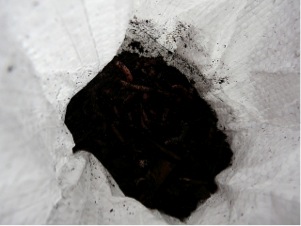
Can you spy the worms? Image Credit
5) Your local council may be able to help you get a composter, often at a discount. Get in touch with them to see whether they can help you with the cost or provide any other useful advice.
6) You could choose to take your kitchen waste to a composting site. Alternatively, you could allow your local council to do this for you. Again, get in touch with your local authority and ask for any further clarification.
7) You can also re-use food waste for a variety of purposes. For instance, you could decorate egg shells by painting them, or you could make a wall of egg shells around your plants to help deter slugs and other insects.
8) Leftover seeds, nuts and breadcrumbs are ideal for feeding birds. This is a great way of making use of some unwanted foods. Naturally, you’ll need to be careful just what you feed them. You can find out more simply by searching online.
9) There are special composting bins available. A two-chambered bin allows you to start composting on one side, whilst placing fresh waste into the other.
10) Perhaps the most effective way of reducing food waste is being economical about what you buy and when. However, if you have food which is approaching its best-before date, then your best bet may be to donate it to a local food bank or homeless shelter where it will be gratefully received.
About the Author
This post was contributed by Olivia Golding. She’s an aspiring writer and has a keen interest in green living. She loves to cook and so prides herself on being minimal with food wastage, cooking large batches of meals for her grateful flatmates. It’s become such a big part of her life that she’s tried her hand at catering for gatherings in her local area, spreading the word of the benefits of green living (she almost has a cult following!). That’s why she’s always on the lookout for bargain catering equipment and solid recipes to maintain her newest adventure; so watch this space! She hopes you found this post super useful, and will take it on board to live a more sustainable life!

